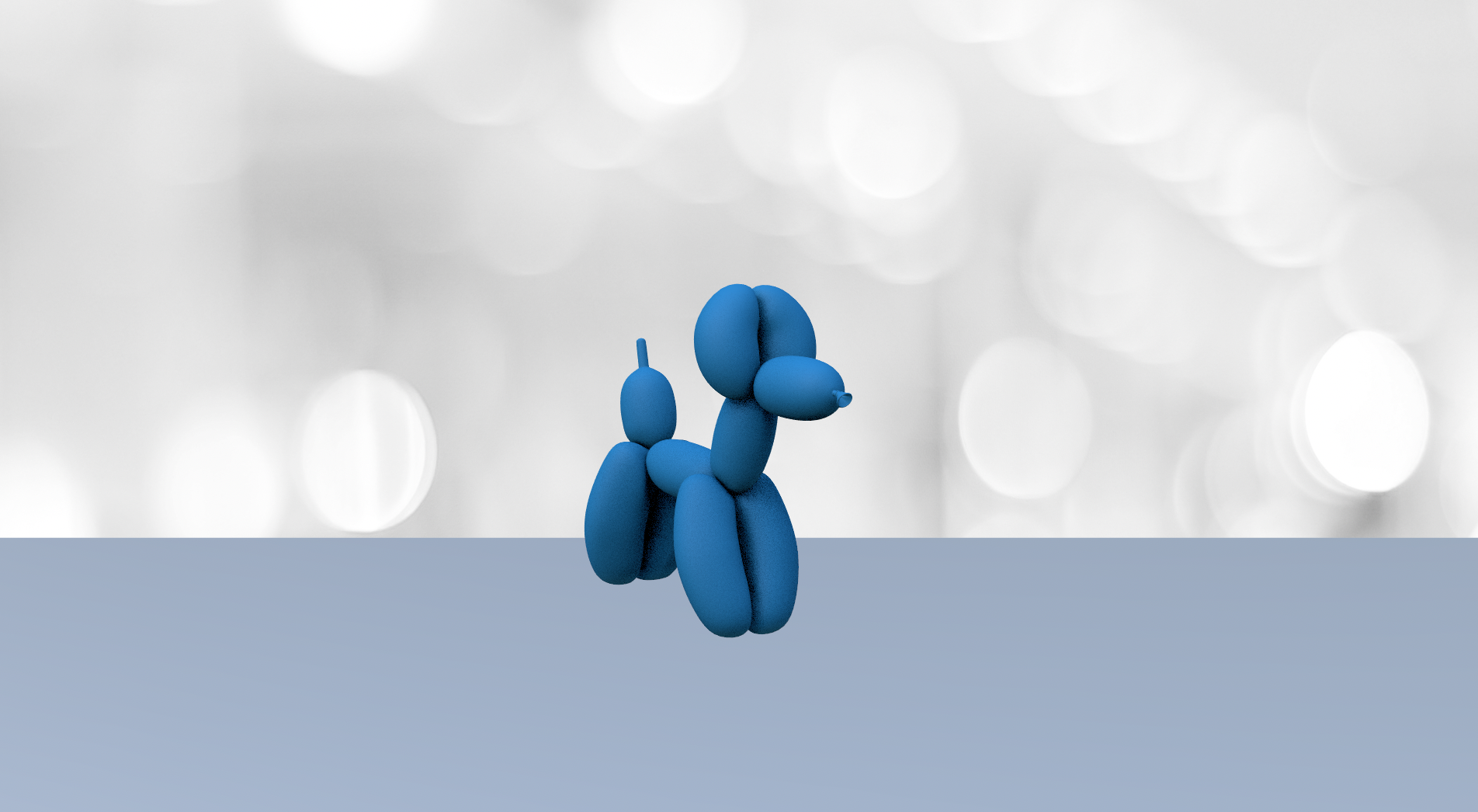Add a video or an image to the timeline that will act as the background for the composition.
- After Effects User Guide
- Beta releases
- Getting started
- Workspaces
- Projects and compositions
- Importing footage
- Preparing and importing still images
- Importing from After Effects and Adobe Premiere Pro
- Importing and interpreting video and audio
- Preparing and importing 3D image files
- Importing and interpreting footage items
- Import SVG files
- Working with footage items
- Detect edit points using Scene Edit Detection
- XMP metadata
- Text and Graphics
- Text
- Motion Graphics
- Work with Motion Graphics templates in After Effects
- Use expressions to create drop-down lists in Motion Graphics templates
- Work with Essential Properties to create Motion Graphics templates
- Replace images and videos in Motion Graphics templates and Essential Properties
- Animate faster and easier using the Properties panel
- Drawing, Painting, and Paths
- Overview of shape layers, paths, and vector graphics
- Paint tools: Brush, Clone Stamp, and Eraser
- Taper shape strokes
- Shape attributes, paint operations, and path operations for shape layers
- Use Offset Paths shape effect to alter shapes
- Creating shapes
- Create masks
- Remove objects from your videos with the Content-Aware Fill panel
- Roto Brush and Refine Matte
- Create Nulls for Positional Properties and Paths
- Layers, Markers, and Camera
- Animation, Keyframes, Motion Tracking, and Keying
- Animation
- Keyframe
- Motion tracking
- Keying
- Transparency and Compositing
- Adjusting color
- Effects and Animation Presets
- Effects and animation presets overview
- Effect list
- Effect Manager
- Simulation effects
- Stylize effects
- Audio effects
- Distort effects
- Perspective effects
- Channel effects
- Generate effects
- Time effects
- Transition effects
- The Rolling Shutter Repair effect
- Blur and Sharpen effects
- 3D Channel effects
- Utility effects
- Matte effects
- Noise and Grain effects
- Detail-preserving Upscale effect
- Obsolete effects
- Cycore plugins
- Expressions and Automation
- Expressions
- Expression basics
- Understanding the expression language
- Using expression controls
- Syntax differences between the JavaScript and Legacy ExtendScript expression engines
- Editing expressions
- Expression errors
- Using the Expressions editor
- Use expressions to edit and access text properties
- Expression language reference
- Expression examples
- Automation
- Expressions
- Immersive video, VR, and 3D
- Construct VR environments in After Effects
- Apply immersive video effects
- Compositing tools for VR/360 videos
- Advanced 3D Renderer
- Import and add 3D models to your composition
- Import 3D models from Creative Cloud Libraries
- Create parametric meshes
- Image-Based Lighting
- Animated Environment Lights
- Enable lights to cast shadows
- Extract and animate lights and cameras from 3D models
- Tracking 3D camera movement
- Adjust Default Camera Settings for 3D compositions
- Cast and accept shadows
- Embedded 3D model animations
- Shadow Catcher
- 3D depth data extraction
- Modify materials properties of a 3D layer
- Apply Substance 3D materials
- Work in 3D Design Space
- 3D Transform Gizmos
- Single 3D Gizmo for multiple 3D layers
- Do more with 3D animation
- Preview changes to 3D designs real time with the Mercury 3D engine
- Add responsive design to your graphics
- Views and Previews
- Rendering and Exporting
- Basics of rendering and exporting
- H.264 Encoding in After Effects
- Export an After Effects project as an Adobe Premiere Pro project
- Converting movies
- Multi-frame rendering
- Automated rendering and network rendering
- Rendering and exporting still images and still-image sequences
- Using the GoPro CineForm codec in After Effects
- Working with other applications
- Collaboration: Frame.io, and Team Projects
- Memory, storage, performance
- Knowledge Base
Create more realistic composites over 2D content by casting shadows onto a 3D shadow catcher.
A shadow catcher is a dedicated separate plane or surface placed within the composition behind or below the object onto which other objects cast shadows. This 3D layer specifically designed to capture shadows is otherwise transparent, so the shadows appear to be cast onto the 2D layer underneath.
In After Effects, selecting Accepts Shadows to Only under the Material Options properties of the shadow catcher layer makes the layer itself invisible (transparent) while still capturing shadows cast by objects in layers above it.

An example that shows the shadow catcher layer before and after the Accepts Shadows property is specified as Only.
Add a video clip or an image and import a 3d model into your project.
-
-
Add a 3D model that is to cast a shadow.
-
Add an Environment light to be used as the lighting source for the added 3D model's shadow.
-
Add a solid layer and convert it to a 3D layer. Use the X Rotation property under the Transform to rotate and align it to the surface where the shadow needs to be cast.
NoteSolids are the simplest option, but any 3D layer that accepts shadows can function as a shadow catcher.
-
Place the Solid layer underneath the 3D model to make it behave like a shadow catcher layer.
The sequence of layers in the timeline utilizes the shadow catcher layer for natural-looking shadows on the background. A. Layer with a 3D model that is to cast the shadow B. Solid 3D layer that acts as a shadow catcher C. Layer with a video or an image on which the 3D model shadow is cast
The sequence of layers in the timeline utilizes the shadow catcher layer for natural-looking shadows on the background. -
Ensure that the 3D model has the Casts Shadows option enabled.
-
Expand the properties of the 3D solid layer, and under Material Options, toggle the Accepts Shadows option as Only.
Set the Accepts Shadows property as Only so that the layer accepts the shadows but is invisible in the composition. Set the Accepts Shadows property as Only so that the layer accepts the shadows but is invisible in the composition. -
Modify the values for properties under the Material Options if you want to further adjust how the shadow catcher layer reacts to the light.
-
Shadow Color defaults to black, but you can adjust the Shadow Color property to give your shadows a more natural or creative hue.
Use the Shadow Color property to add a natural shadow tone and create a realistic composite. Use the Shadow Color property to add a natural shadow tone and create a realistic composite.
If your 3D model has embedded animations, you can use the Animation Options to select the animation for the composition. As the animation plays back, the shadow on the shadow catcher layer gets adjusted and cast accordingly.
Result
The 3D model's shadow starts casting on the shadow catcher layer. As the shadow catcher layer is transparent with just the shadow, it looks like the 3D layer is casting shadow on the background layer.



